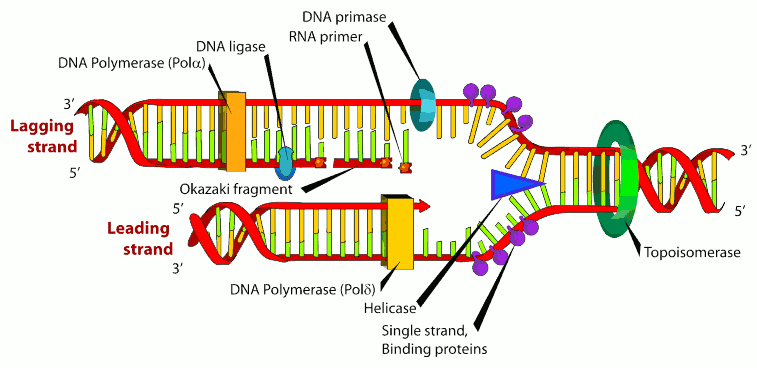Module 4: Polymerase Chain Reaction (PCR)
Module 4.1: Polymerase Chain Reaction (PCR)
Introduction to PCR
Polymerase chain reaction (PCR) tests are some of the most common types (often the gold standard) of diagnostic testing for the detection of infectious diseases. While this reaction is predominately performed as a send-out test to a reference laboratory, I suspect that patient side PCR testing will become available and a part of everyday practice within your veterinary career. What exciting times we live in!
These next set of pages will guide you through the steps of how the sample is prepared, analyzed, and the results that are generated from a general PCR reaction.
What is Polymerase Chain Reaction (PCR)?
The polymerase chain reaction (PCR) is a common laboratory technique that amplifies a particular region of genetic material (DNA or RNA transcribed into complementary DNA) by making millions of copies in a sample. This is advantageous from a clinical standpoint as we often have samples that contain very little of an organism that is not in high enough concentration to be easily cultured or we have organisms that are in abundance but cannot be easily cultured using routine methods (i.e. Mycobacterium sp., Mycoplasma, Lawsonia sp., viruses and/or parasites in general).
Knowledge check
How does PCR work?
As mentioned previously, PCR is a technique that amplifies genetic material in a sample, but how exactly is that genetic material amplified?
PCR is essentially using the same replication principles that occur in living organisms but executing them in an artificial setting. As a reminder of that process let’s review a little biology.
DNA is a molecule composed of two strands of genetic material that coil forming a double helix structure comprised of a sugar-phosphate backbone and individual nucleotides residing in the center of the structure.

In normal biological replication cycles, when a portion of the DNA is needed to be replicated or transcribed to make another cell, proteins, etc., the DNA needs to be “unzipped” to allow for a DNA polymerase and RNA primers to attach and transcribe the targeted portion of the DNA strand. (See below)

These same processes occur in vitro during the PCR’s “sequential cycles of synthesis” following these 3 basic steps.
1. denaturation or breaking apart of the two strands of DNA using extreme heat
2. primer annealing: linking primers targeting specific sequences to the template DNA
3. primer extension by the polymerase & synthesis of new strands
Let’s take a closer look at these steps.

